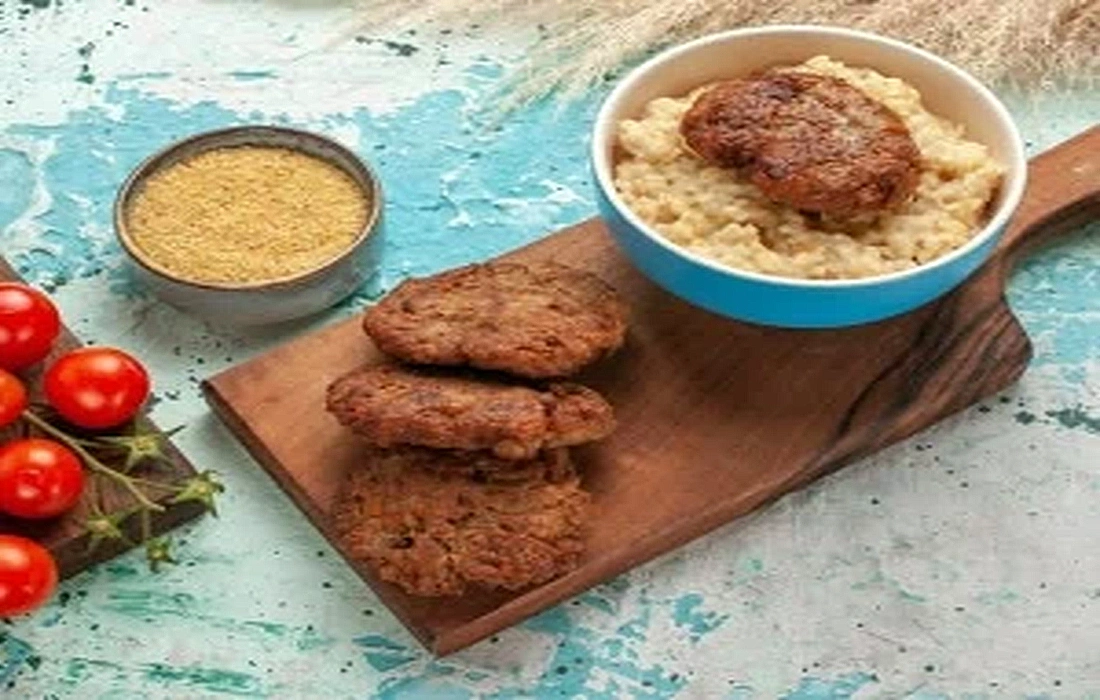Difference between Koofteh andKotletand Shami
Koofteh, Shami, and Kotlet are three popular and beloved dishes in Iranian cuisine. Often mistaken for each other because of their similar appearance and shared ingredients, each one has its own unique flavor and aroma. They provide a different experience of Iranian cooking and showcase the variety and richness of this culinary art in our land.
With a little attention, you can notice subtle yet important differences in their preparation methods, ingredients, and textures. Knowing the exact differences among these three delicious foods helps us make better choices and enjoy their true flavors more fully.
What are the differences between Koofteh, Kotlet, and Shami?
The differences among Koofteh, Shami, and Kotlet lie in their main ingredients, cooking methods, final textures, and flavors.

Texture of Koofteh, Kotlet, and Shami
Kotlet has a relatively firm and compact texture, while Shami is softer and more delicate. Koofteh has a soft and light texture and is slightly moist.
Flavor of Koofteh, Kotlet, and Shami
The flavor of Shami depends on the meat, lentils, or vegetables used. The flavor of Kotlet differs from Shami and depends mainly on meat and spices. Koofteh’s flavor also differs because it does not use meat.
Differences among Koofteh, Kotlet, and Shami based on ingredients
The main ingredients for making Shami, Kotlet, and Koofteh are different. Shami is typically made from ground meat, lentils,applespotatoes, and spices. The ingredients are made into a more liquid mixture, and in some cities, they addsome aromatic herbs to the mixture.Shami Kebab
For making Kotlet, firstpotatoesand onions are grated, excess water is squeezed out, then ground meat, spices, some chickpea flour, bread crumbs, and bread crumbs are added, mixed, and then fried in hot oil. You can use ground beef, chicken, or even fish for Kotlet.
To prepare Koofteh, potatoes are cooked or raw, grated, and mixed withonionsgrated, along with eggs, spices, and dried dill, then mixed and fried in oil.
Preparation methods for Koofteh, Kotlet, and Shami
For Kotlet, ingredients are mixed and shaped into round or oval patties, then fried in oil. Shami is usually flattened into circular shapes and fried, while Koofteh is typically cooked as a uniform flat cake in a pan and then cut into desired pieces.







